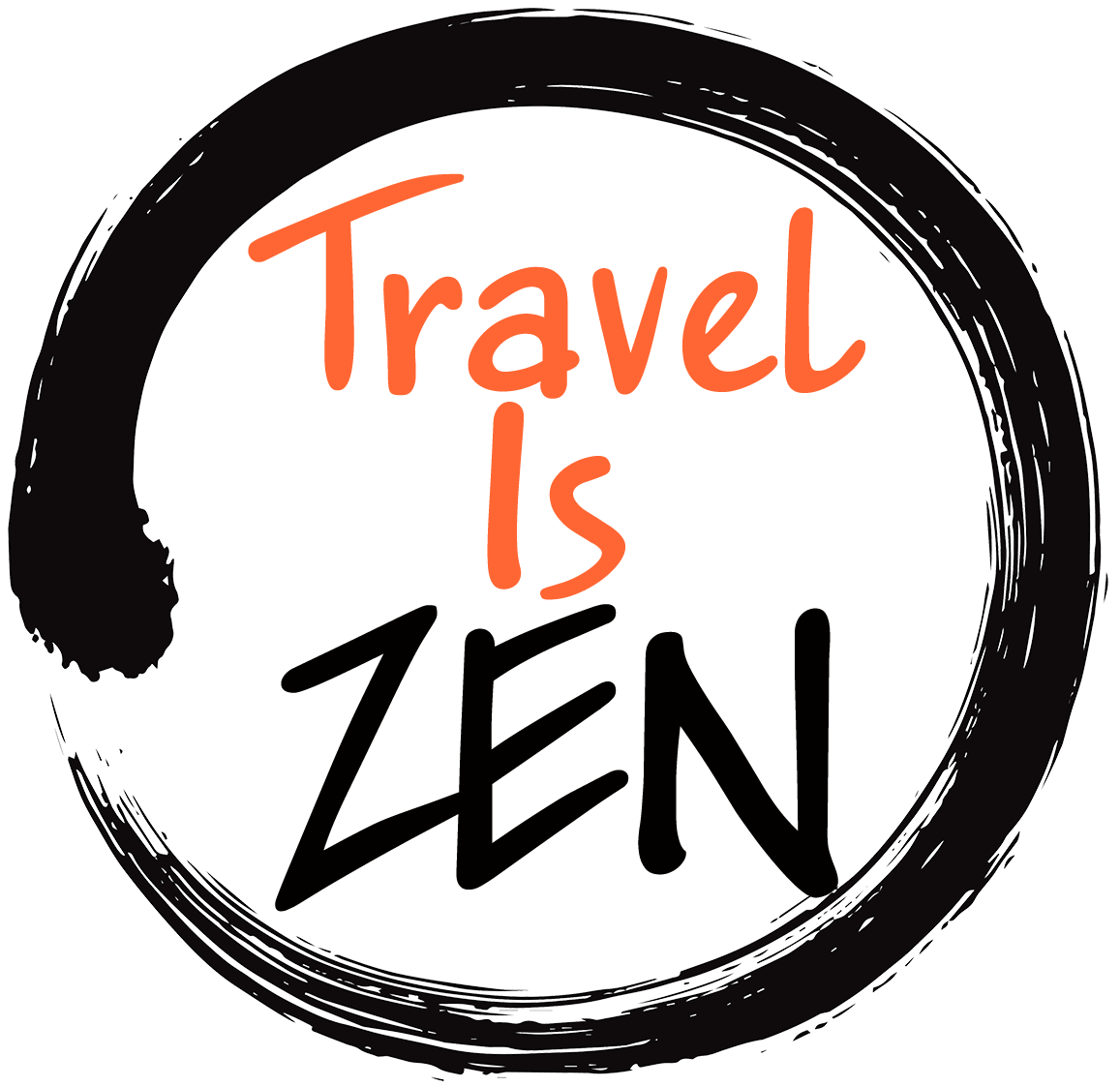Explore the Past and the Present at Gyeomjae Jeong Seon Art Museum (Seoul)
Jeong Seon: True-View Realistic Landscape Pioneer
We were exploring our neighborhood in Seoul, an area called Gayang in Gangseo. A long set of stairs led us to the top of a small, nondescript hilltop (Gungsan (궁산) upon which sat a red pagoda overlooking the Han River. A panel along the railing of the pagoda showcased a landscape painting by Jeong Seon from the mid 1700’s; a painting which captured the view from this location as he saw it in 1740. Times sure have changed!
Jeong Seon pioneered the notion of realistic “true-view” landscape painting in Asia, shifting away from the Chinese tradition of imaginary and idealized nature scenes. Jeong Seon painted it like he saw it. He was an avid traveler to scenic sites across Joseon and meticulously captured the Korean peninsula’s beautiful nature on canvas. He particularly enjoyed painting scenes in Hanyang (today’s Seoul) along the Han River and Mt. Geumgang in the north-eastern region of Korea. For viewers in the modern age, his paintings provide a wonderful glimpse back in time; an opportunity to see “Joseon” (Korea) before it was bulldozed, cemented, and blanketed in an eternal haze of smog and yellow dust.
In addition to landscape paintings, his work evolved to include scenes of everyday life, animals, and still life. An expansive collection can be seen at the museum at the base of the hill in Gayang. The museum compares / contrasts his paintings with photos of the modern view today and also has detailed maps illustrating his travels and the location of scenes captured in his paintings. Signs are in both Korean and English.
Lee Lee Nam: Post-Modern Video Artist
Standing on the hilltop with Jeong Seon’s idyllic river scene juxtaposed against the modern bland reality made me nostalgic for a by-gone era before industrialization. Economic progress has come at the expense of simplicity, nature’s beauty, and the health of our planet. Lee Lee Nam illustrates these feelings of loss and nostalgia beautifully through his digital media, also on display at the Jeong Seon museum as the perfect companion exhibit. It’s impossible to showcase Lee Lee Nam’s work through static images on a website. You have to see it; experience it; contemplate the message.
Lee Lee Nam exhibit at the Jeong Seon museum in Gayang, Gangseo-gu, Seoul
Lee Lee Nam is a contemporary Korean digital artist who replaces the canvas with monitors. He plays with time and space to create moving dreamscapes that dynamically explore a range of subjects, such as the changing of the seasons, nature’s post-apocalyptic return to dominance, and the interconnectivity of all things through the protein building blocks of DNA. The animations had me staring at a piece for five minutes, lost in the transitions. I watched them again and again. They were beautiful, thought-provoking, innovative and ingenious. He often uses a masterpiece from other artists, such a Vermeer, Van Gogh or Jeong Seon, as the foundation for his digital media. You will see a variety of these on display at the current exhibit. I’m a new fan! You can read more about Lee Lee Nam here.
How to Get to the Museum — and More
Gyeomjae Jeong Seon Museum Address: 36 Yangcheon-ro 47-gil, Gangseo-gu, Seoul. Take subway Line 9 to Yangcheonhyanggyo Station (양천향교역). Accessible also from the Han River Trail (한강공원) by exiting at the Seoul Botanical Garden observation deck; walk through the botanical marsh area and follow the signs.
Make a full day of your adventure
From the museum, you can walk to several other historic and newly-built sites in Gayang, centralized around the small hill called Gungsan (궁산) next to the Han River Park:
Map of the Gayang Makok Gangseo Area
Seoul Botanical Park (서울식물원): Large open-air park and indoor botanical garden. Explore the Open Forest, Lake Garden, Wetland Garden, and Themed Garden. Inside is a coffee shop and a seed library to start your own garden!
Gungsan Cave (궁산땅군): A funky little underground museum across the street from Gyeomjae Jeong Seon Museum. An enthusiastic curator explains a little Japanese imperialist history and you can view the tunnels they built under Gungsan. Follow the short trail to the top of Gungsan to see the red pagoda (소악루) and the view in Jeong Seon’s painting from that hilltop.
Yangcheon Hyanggyo (양천향교): This is the only historical confucian scholar school remaining in Seoul. As governor of this district, Jeong Seon would have come here often.
Salt Grain Noodle Shop (소금 잡곡 쌀집): Every morning for the past 40 years, Lim YuSeop (임유섭) makes batches of noodles. Stop by his shop to witness wheat, buckwheat, and turmeric noodles drying in the breeze and buy a bundle. He also sells handmade sesame oils and enjoys talking to visitors.






























